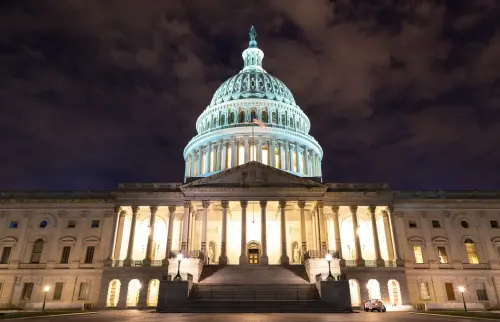The H-1B visa program is one of the primary paths for high-skilled foreign nationals to enter the United States, bringing in 85,000 new workers every year. The program has been touted as an important feature of the immigration system, opening the doors for highly-educated people from around the world to fill specialized skills needs in the United States. However, critics often note that the program provides competition against existing native workers.
Given the importance of maintaining American economic competitiveness, paired with the need to reduce domestic unemployment, the H-1B visa program has been at the center of high-skilled immigration debates, with a plethora of legislative acronyms on Capitol Hill to show for it. See STAPLE, STAR and SMART.
Yet we know little about the regional dynamics of demand for visas for high-skilled foreign workers. U.S. metropolitan areas are where most of American economic activity takes place, but all metro areas are not created equal in their skills needs and their available workforce. Different regions require different skills depending on what type of businesses, postsecondary educational institutions, and workers are located within them.
To better understand the occupational and employer trends for the H-1B visa across metropolitan America, we have conducted the first-ever spatial analysis of the demand for H-1B workers. It reveals the regions and employers requesting the highest number of H-1B workers, as well as information on the programs funded by H-1B visa fees for skills training and science, technology, engineering and mathematics (STEM) education for the existing U.S. workforce.
Following my presentation of the report at the “Geography of H-1B Workers” event this Wednesday, July 18 at 9 a.m. Eastern, Brookings will host noted scholars Vivek Wadhwa and Jared Bernstein to discuss its national implications. Additionally, a regional panel featuring representatives from Microsoft, Emory University, the Bay Area Economic Institute, and the Workforce Alliance of South Central Kansas will then discuss how the H-1B program impacts workers and employers at the regional level.
For more information and to register for the live webcast, go here. Immediately after the webcast, Jill Wilson, another one of the report’s authors, will be on a live web chat at 12:30pm EDT.
The Brookings Institution is committed to quality, independence, and impact.
We are supported by a diverse array of funders. In line with our values and policies, each Brookings publication represents the sole views of its author(s).









Commentary
Mapping the Demand for H-1B Immigrant Workers
July 16, 2012